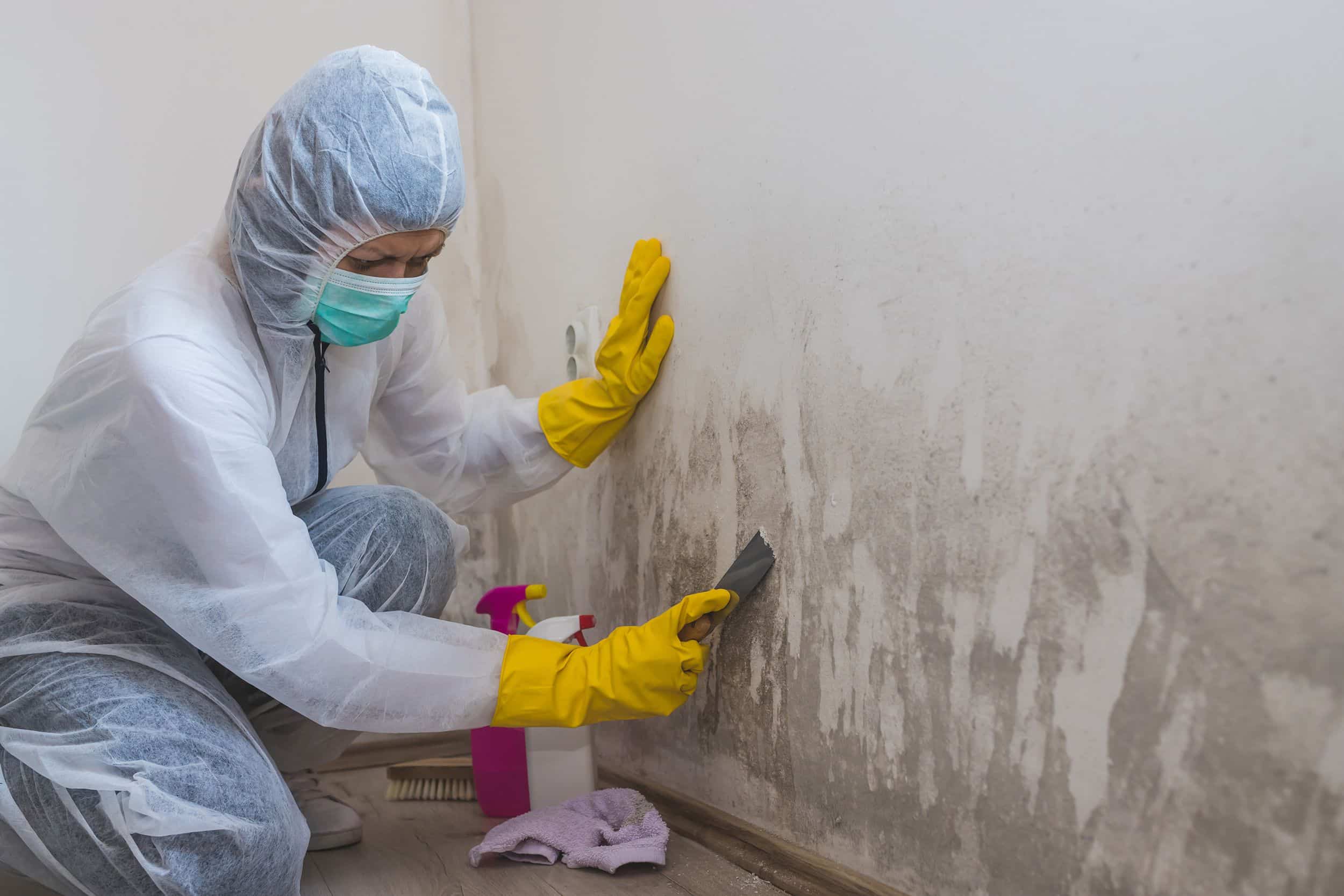After Mold Remediation Approaches for Clean Areas
After Mold Remediation Approaches for Clean Areas
Blog Article
Expert Tips for Article Mold Removal Success
In the realm of mold removal, successfully eradicating mold is only half the fight; the true challenge lies in preventing its reappearance. By adhering to professional suggestions and best methods, individuals can protect their spaces against mold and mildew rebirth and preserve a healthy and balanced interior setting.
Screen Moisture Levels Routinely
Regular tracking of moisture levels is crucial in making sure the efficiency of article mold and mildew remediation efforts. After finishing mold removal treatments, keeping optimum moisture degrees is critical to avoid mold and mildew re-growth and guarantee a healthy indoor setting. Monitoring humidity degrees enables very early detection of any type of spikes or fluctuations that can potentially bring about mold resurgence. High moisture degrees over 60% produce a helpful setting for mold to thrive, making routine keeping an eye on a positive step to stop any future mold and mildew problems - After mold remediation.
Using hygrometers or dampness meters can help in precisely measuring moisture levels in different locations of the residential property. These tools provide real-time information that allows removal professionals to make enlightened choices concerning ventilation, dehumidification, and various other necessary actions to preserve ideal moisture levels post-remediation. Furthermore, establishing a regular schedule for humidity checks, specifically in high-risk areas such as cooking areas, cellars, and restrooms, is a positive method to mold and mildew avoidance. By continually checking moisture degrees, homeowner can effectively minimize the risk of mold reoccurrence and maintain a healthy and balanced interior environment post-remediation.
Conduct Thorough Inspections Post-Remediation
Complying with the completion of mold and mildew removal treatments, it is necessary to carry out extensive inspections to confirm the performance of the remediation procedure. These post-remediation evaluations are crucial in making certain that the mold and mildew issue has actually been successfully attended to and that there is no reoccurrence or continuing to be mold development. Assessments ought to be performed by certified professionals that have knowledge in identifying mold and analyzing indoor air high quality.
During these examinations, various approaches such as aesthetic analyses, air tasting, and surface sampling may be used to thoroughly evaluate the remediated locations. Visual analyses entail a comprehensive examination of the properties to examine for any visible signs of mold and mildew growth or water damage. Air tasting helps in establishing the air-borne mold and mildew spore degrees, while surface sampling can discover mold and mildew fragments on surface areas.
Implement Correct Ventilation Strategies
After guaranteeing the effectiveness of the mold remediation procedure via comprehensive inspections, the next crucial action is to concentrate on carrying out appropriate air flow approaches. Sufficient air flow is essential in stopping mold reoccurrence by managing dampness degrees and advertising air circulation.
Appropriate ventilation not just aids in protecting against mold development but likewise contributes to the general health and wellness and comfort of occupants. By ensuring appropriate air flow throughout the residential or commercial property, you can decrease the risk of mold and mildew regrowth see here now and produce a healthier living atmosphere.

Use Mold-Resistant Products for Repairs
To boost the long-lasting performance of mold and mildew removal initiatives, including mold-resistant products for repair services is essential in minimizing the threat of future mold and mildew development. Mold-resistant products are designed to stand up to moisture and hinder mold and mildew growth, making them an essential choice for locations vulnerable to moisture and moisture. When fixing areas impacted by mold and mildew, utilizing products such as mold-resistant drywall, mold-resistant paints, and mold-resistant caulking can aid prevent mold reappearance.
Mold-resistant drywall is an outstanding option to typical drywall in areas like cellars and bathrooms where moisture levels are greater. When subjected to damp conditions, this type of drywall has a special layer that resists mold growth also. Furthermore, utilizing mold-resistant paints having antimicrobial representatives can even more prevent mold and mildew development on ceilings and walls.
In areas where moisture is usual, such as restrooms and cooking areas, making use of mold-resistant caulking around home windows, bathtubs, and sinks can help seal out water and avoid mold from taking hold in cracks and holes. By purchasing these mold-resistant products during repair work post-remediation, you can dramatically lower the possibility of future mold and mildew problems and maintain a much healthier indoor atmosphere.
Maintain Sanitation and Address Water Issues
After mold remediation, it is important to preserve a tidy environment to prevent the regrowth of mold and mildew. Leakages, water breach, or high humidity degrees can produce the ideal breeding ground for mold and mildew, so it is imperative to take care of any type of water-related problems instantly.
To keep cleanliness, consider using HEPA filters in vacuums and air purifiers to trap mold spores and stop their flow in the air. Additionally, guaranteeing correct ventilation in locations vulnerable to moisture accumulation, such as bathrooms and kitchens, can aid keep moisture levels in check. By remaining vigilant regarding tidiness and dealing with water concerns without delay, you can effectively avoid mold reinfestation and keep a healthy interior atmosphere.
Verdict

In the world of mold and epa mold removal products mildew remediation, successfully eradicating mold and mildew is only half the battle; the true obstacle lies in preventing its reappearance. After completing mold and mildew remediation treatments, maintaining optimal moisture degrees is critical to avoid mold re-growth and make sure a healthy and balanced indoor environment. High humidity degrees above 60% produce a helpful setting for mold to prosper, making routine keeping an eye on a proactive procedure to stop any future mold and mildew problems.
To enhance the lasting performance of mold and mildew removal initiatives, incorporating mold-resistant products for repairs is critical in minimizing the risk of future mold growth. After mold and mildew remediation, it is important to keep a tidy environment to prevent the regrowth of mold and mildew.
Report this page